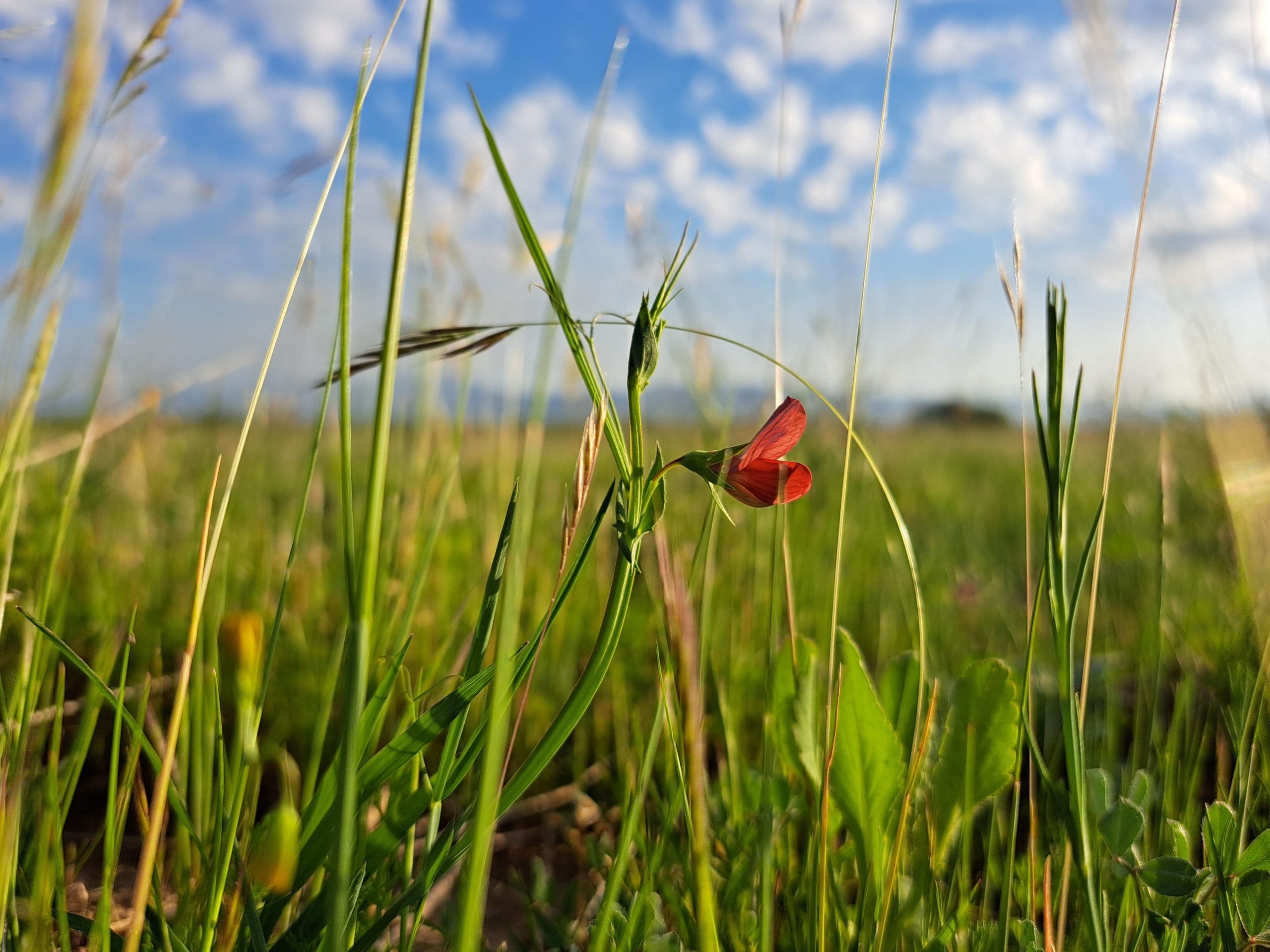Date: 10th June 2022
Presenter: Phillip Hohenberger
Book: Plessner, Helmuth. Levels of Organic Life and the Human.
Chapter: VI. The Sphere of the Animal (second half, 242-266)
*featured image: Red vetchling (Lathyrus cicera, sl. čičkasti grahor) is an annual species of wild pea. It grows in (Mediterranean) grasslands, bushland and thicket in Southern Europe, Northern Africa and Middle East (the easternmost part of its range is in Kazakhstan and Pakistan). Red-flowering species are very rare in temperate climates, since their colour is insignificant to the pollinators found in these climates – the insects. The latter cannot see the red colour, as their frequency response is shifted into the ultraviolet. In the tropical climates, however – or, more broadly, wherever the hummingbirds live – red-flowering species can be prevalent, as they are pollinated by the birds. Birds are tetrachromats, meaning they can see red, green, blue and UV, so they find red-coloured objects attractive. The latter is the result of the coevolution of hummingbirds and red-flowering species they pollinate, and also of the frugivore bird species in other climate zones and red-fruiting plants, e. g., mountain ash (Sorbus aucuparia, sl. jerebika), guelder rose (Viburnum opulus, sl. brogovita) and Cornelian cherry (Cornus mas, sl. rumeni dren).
